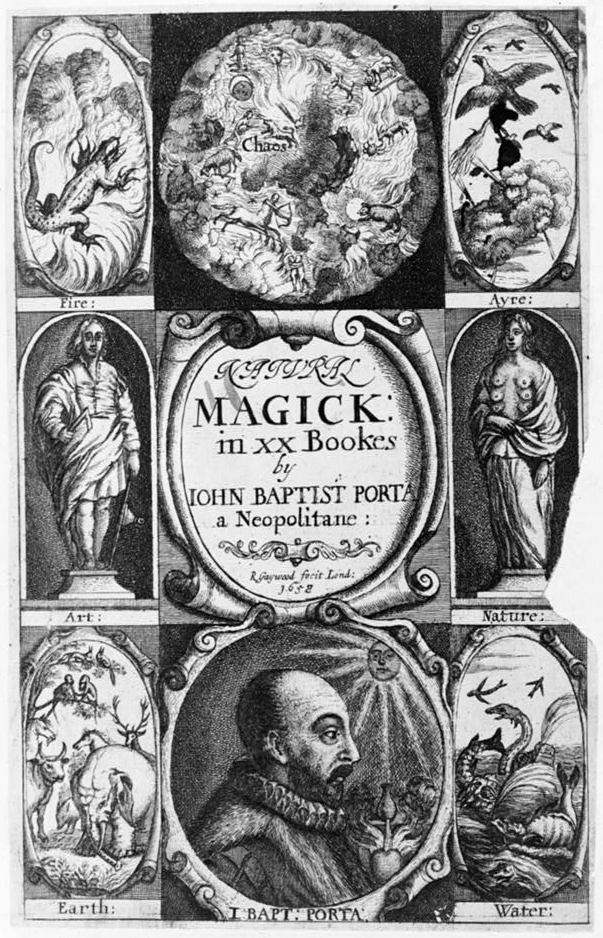Projectors as the first stage of evolution towards cinema: Fontana's lantern, Helioscope
At the initial stage, projectors were the forerunner of films, because at first there was such a limited solution. That is, the evolution went from simple to complex. On my channel, I have already talked about such aspects of this evolution as Shadowgraphy, Shadow Play or pinhole cameras, and talked about other things. Today I would like to highlight these undertakings in the period from the 15th to the 17th century.
Fontana's lantern.
The Fontana's lantern, also known as the "Bellicorum Instrumentorum Liber," is a device that was invented around 1420 by the Venetian scholar and engineer Giovanni Fontana. The device was described in Fontana's book about mechanical instruments and included a drawing of a person using a lantern to project an image of a demon. The purpose of the lantern was to create a "nocturnal appearance" that would "frighten spectators." The mechanism of the lantern seems to be quite simple, it used the light of an oil lamp or candle that passed through a transparent cylindrical case on which the figure was drawn to project the larger image. However, it probably couldn't project an image as clearly defined as Fontana's drawing suggests.
Possible 15th century image projector.
In 1437, Leon Battista Alberti, an Italian humanist, artist, architect, poet, priest, linguist, philosopher, and cryptographer, is believed to have possibly created an image projector. He is said to have used a small closed box with a small hole to project painted pictures. However, it is not clear whether this device was actually a projector or just a type of show box that displayed transparent pictures illuminated from behind and viewed through the hole. The true nature of this device remains uncertain and more research is needed to fully understand its capabilities and function.
16th to early 17th century.
Leonardo da Vinci, the famous artist and inventor, is believed to have created a projecting lantern around 1515. The device was based on a small sketch and is said to have included a condensing lens, candle, and chimney.
In his book "Three Books of Occult Philosophy" (1531-1533), Heinrich Cornelius Agrippa claimed that it was possible to project "images artificially painted, or written letters" onto the surface of the moon using moonbeams and their "resemblances being multiplied in the air." It is said that Pythagoras also performed this trick.
In his book "Three Books of Occult Philosophy" (1531-1533), Heinrich Cornelius Agrippa claimed that it was possible to project "images artificially painted, or written letters" onto the surface of the moon using moonbeams and their "resemblances being multiplied in the air." It is said that Pythagoras also performed this trick.
In 1589, Giambattista della Porta wrote about the ancient art of projecting mirror writing in his book "Magia Naturalis."
Dutch inventor Cornelis Drebbel, who is believed to have created the microscope, is thought to have also had some kind of projector which he used in magical performances. In a 1608 letter, he described the many marvelous transformations he performed and the apparitions he summoned using his new invention based on optics. The invention was said to include giants that rose from the earth and moved all their limbs very lifelike. The letter was found among the papers of his friend Constantijn Huygens, father of Christiaan Huygens, who is considered to be the inventor of the magic lantern.
Helioscope.
In 1612, Italian mathematician Benedetto Castelli wrote to his mentor, Galileo Galilei, about using a telescope to project images of the sun in order to study the recently discovered sunspots. Galilei shared Castelli's technique with German Jesuit priest, physicist, and astronomer Christoph Scheiner.
From 1612 to at least 1630, Christoph Scheiner continued to study sunspots and created new telescopic solar projection systems, which he called "Heliotropii Telioscopici," later shortened to helioscope.
From 1612 to at least 1630, Christoph Scheiner continued to study sunspots and created new telescopic solar projection systems, which he called "Heliotropii Telioscopici," later shortened to helioscope.
_giovanni_da_fontana_(probably)_-_apparentia_nocturna_ad_terrorem_videntiumR.jpg/800px-1420(circa)_giovanni_da_fontana_(probably)_-_apparentia_nocturna_ad_terrorem_videntiumR.jpg)



Comments
Post a Comment